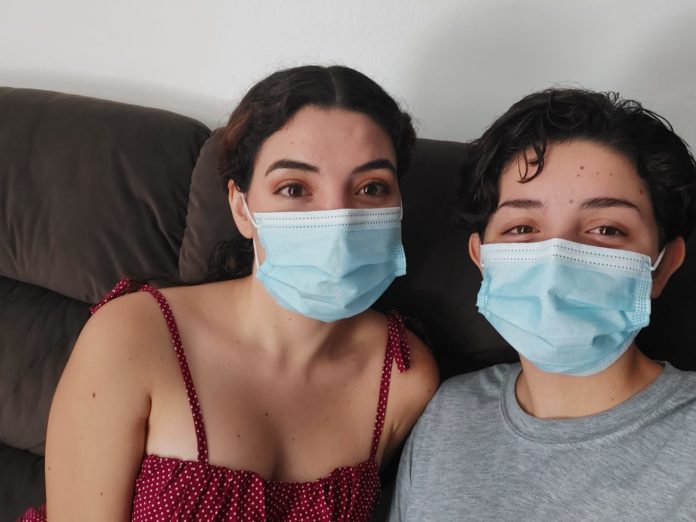

The word that comes to my mind when I try to sum up the situation in Peru is chaotic. From the ongoing COVID-19 pandemic to the political instability back home, we can’t catch a break.
I remember watching the news with my family on Nov. 9 when congress voted to vacate former president Martín Vizcarra, which made Manuel Merino take over the country.
I was mad and so were many other Peruvians because we didn’t want Merino as president. Protests sparked throughout the country, leading to police abuse and the deaths of Inti Sotelo, 24, and Bryan Pintado, 22 who were shot and killed.
The violence around me was hard to watch, but it paid off. On Nov. 15, Merino renounced and the new president, Francisco Sagasti, made his purpose clear from the beginning — he plans to hold elections in April. Sagasti is not running for the presidency.
The race started with 23 candidates. Polls showed candidate George Forsyth, a former soccer player, leading the way. Following him was socialist Veronika Mendoza and right-winged Yonhy Lescano.
But the real winner of these polls is uncertainty. I don’t know who to vote for and neither does 32.7 per cent of the population according to polls by Datum.
This will be my first time voting and I see so many candidates, yet not one prepared enough to be president for the next five years.
To make things worse, a recent investigation by journalist Alexandra Ampuero revealed that former president Martín Vizcarra, along with other officials, secretly received the Sinopharm vaccine for COVID-19 last October when he was still in power.
Those government officials who swore to serve us had the vaccine all this time and kept it for themselves, leaving thousands of doctors, nurses and healthcare personnel exposed to a deadly virus.
After 17 years living in Peru, one might expect me to be used to this level of corruption, but I am not. All I feel is frustration and it is taking a toll on my studies.
I am taking courses on politics and ethics, yet the real world keeps showing me that those don’t exist here. I stare at my Moodle dashboard, trying to concentrate on my assignments, but all I can think about is my country, family and friends.
In the middle of this mess, I still have COVID-19 to worry about. The second wave has surpassed the first by all metrics available, and even though the first batch of vaccines arrived last week, it is not enough.
This first batch will only cover healthcare personnel, which is good, but raises one question: When are the rest of us getting immunized? Nobody seems to know the answer. Once again, I am hit with vagueness to confront a time-sensitive matter.
Since Feb. 21, we have lost 44,690 Peruvians to the pandemic. Situations like this make me realize that I can’t take my friends and family for granted. What if my granny gets it? Or one of my uncles or aunties? Or my mom? Will they become just another sum to this tragic number?
My only wish is that I’ll be able to see them alive next Christmas.
